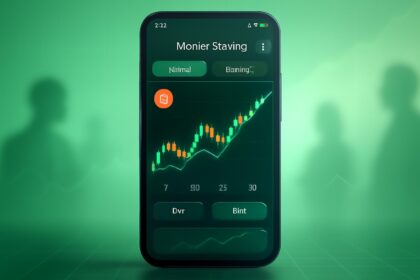Holiday Decoration Shortages Expected This Christmas Season
Consumers preparing for the upcoming holiday season should anticipate limited availability of artificial Christmas trees, lights, wreaths, and other seasonal decorations. The National Tree Company, one of the largest U.S. importers of artificial Christmas trees, has announced a significant reduction in inventory this year, attributing the shortage to ongoing trade war tariffs and supply chain constraints.
Importer Warns of Reduced Inventory and Higher Prices
Chris Butler, CEO of National Tree Company, confirmed to CNBC that the company has imported approximately 25% fewer products compared to previous years. “We are definitely going to see a short supply this year,” Butler said. He urged consumers to shop early, rather than waiting for the traditional Black Friday weekend, which typically marks the peak of holiday décor sales.
“If you’re a consumer and you are in the market for Christmas goods this year, I would definitely act now and get ahead of the curve.” — Chris Butler, CEO, National Tree Company
Due to the tariffs, the company also raised prices by 10%, a cost increase that may impact budget-conscious shoppers. While promotional efforts will continue during Black Friday and Amazon’s Prime Big Deal Day, these will be less extensive than in previous years.
Trade Tariffs and Supply Chain Delays Disrupt Imports
The trade war has not only restricted the volume of imports but also delayed shipments. Typically, National Tree Company imports products steadily from May through October. This year, some shipments are expected as late as mid-November, compressing the selling season. ImportGenius data highlights a dramatic year-over-year decline in shipments: August imports dropped 58%, and September imports plunged over 70%. Vizion trade tracking corroborates these trends, showing a stark reduction in container volumes arriving from Asia compared to last year.
- Week of October 6: 14 containers arriving vs. 113 last year
- Week of October 13: 4 containers arriving vs. 204 last year
- Week of October 27: 44 containers arriving vs. 48 last year
The largest drop is evident in Christmas tree imports, which constitute the bulk of the company’s inventory. Other seasonal items, such as decorative lights, are also experiencing declines but to a lesser extent.
Domestic Manufacturing Remains Cost-Prohibitive
About 60% of National Tree Company’s imports originate from China, with additional supplies coming from Hong Kong, Cambodia, Vietnam, and Indonesia. Attempts to shift production domestically or to other countries face significant cost barriers.
“A tree made in the U.S. would probably be about two and a half to three times more expensive,” said Butler. “We are exploring automation and nearshoring, but current economics make domestic production unviable.”
Butler is actively engaging with U.S. government agencies, including the Treasury Department and the U.S. Trade Office, to seek solutions that could alleviate tariffs and stabilize pricing for American consumers in future seasons.
FinOracleAI — Market View
The holiday decoration sector faces significant supply constraints this year due to tariff-driven import reductions and ongoing supply chain disruptions. Consumers should anticipate higher prices and limited product availability, prompting a shift toward earlier purchasing behavior.
- Opportunities: Early purchasing may boost sales ahead of traditional peak periods; potential for domestic automation innovations to reduce future dependency on imports.
- Risks: Reduced inventory and price inflation could suppress overall consumer demand; prolonged tariffs may further disrupt supply chains and profit margins.
- Market Impact: Retailers and importers may experience margin pressure while navigating volatile demand and supply uncertainties.
Impact: The holiday goods market is poised for constrained supply and modest price inflation, necessitating proactive inventory management and consumer engagement strategies to mitigate potential sales declines.













